Since the end of the Second World War the escape activities of Allied troops and airmen in German custody as prisoners of war has been depicted in film, television, and literature, often by men who were part of the escape activities themselves. Hidden tunnels, forged papers, ingenious inventions to aid the men attempting to flee German captivity and return to the war are often key to these stories. Two important issues usually are not considered. One, the overwhelming majority of Allied prisoners, nearly two thirds, once in the POW camps never attempted to break out. Secondly is the level of support the prisoners received from Allied high commands.
The British, through the Special Operations Executive (SOE) and MI9, and the Americans, through the Office of Strategic Services (OSS) contributed significantly to efforts to escape, by providing maps, money, tools, compasses, clothing, and other items necessary for successfully eluding the German manhunt and successfully returning home. How they did it is in many cases as ingenious as the depictions in the movies seen in the past, possibly more so because it is true. Some of the efforts remained classified until well into the 1980s, and some still are in the case of the UK and the OSS successor, the Central Intelligence Agency. Here are 10 ways the Allies helped their men escape German custody in World War II.
10. They provided escape maps of the European continent

Several issues needed to be considered when preparing maps for potential escapers during the Second World War. The maps needed to be silent when referred to; rustling paper could easily give someone’s position away. They needed to be durable, not tearing along the creases after being repeatedly folded and unfolded. They should be impervious to water, with the ink not bleeding across the page. An officer with MI9 came up with a solution, using a new printing method in which he blended pectin with ink, allowing a sharp image to be created not on paper, but rather on silk, which answered for all the requirements for escape maps. Silk – and later rayon – maps were issued to air crews beginning in 1940, secreted in the heels of their flying boots.
The maps were intended to help downed aircrew evade capture altogether. But in order to use a map it is necessary, for the most part, to have recourse to a compass. Miniaturized compasses began to be made at shops working for MI9, some of them small enough to fit into a button, with a dot of radium on the needle pointing to north — a handy reference in the dark. Trouser flies were usually fastened by buttons at the time, and British and later American airmen set out on their missions with maps in their heels and compasses holding up their pants. The ever resourceful British then studied ways to get similar aids to their men who had already had the misfortune to fall into German hands.
9. Getting maps and other gear to prisoners of war was a different challenge

Through what was known as the neutral protecting power, usually Sweden or Switzerland in the European Theater, families and charities in the United Kingdom and the British Empire could send packages of non-contraband items to prisoners held by the Germans. MI9 quickly noted that packages from family members were routinely and thoroughly searched, but those from charities such as the Red Cross were given a merely cursory glance, if they were searched at all. Using Red Cross packages to ship contraband to prisoners was out of the question, as a violation of the Geneva Convention, and the British refused to consider such treacherous behavior.
Instead, they created fake charities, with fake addresses, and used them to send supplies to the prisoners, in the form of board games (chess, checkers, Monopoly, etc.), athletic gear such as volleyball nets and ping pong sets, playing cards, and recreational items such as books. They also included candy bars, crackers, Spam, cigarettes, razors, and through the charities replacement uniform items. The Germans received them happily – bored prisoners were likely to be troublesome, and the extra food was often traded to the German guards – distributing them to the prisoners on a routine basis. Within the packages was a wealth of escape aids for the prisoners inclined towards adventure.
8. Maps in Monopoly sets
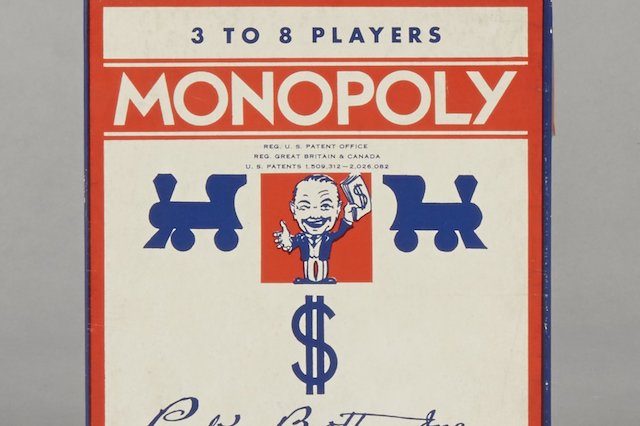
The British manufacturer, under license, of the American board game Monopoly, was recruited by MI9 to be the conduit through which escape maps could enter the POW camps. Small hollows were carved out of the game board, the silk maps inserted, and the cover containing the familiar streets and railroads of the game glued on top. Dots were placed on the game board to alert the recipients that it was a special Monopoly set. Troops were briefed before missions on the existence of the sets and to be alert for them in the unfortunate circumstance they were captured. Checkerboards and chess sets received similar modifications. So did playing cards and the hard covers of books, including Bibles. The German guards distributed the largesse to their prisoners.
Candy bars were prepared as highly concentrated escape food, usually masked as being malted milk candies, or nut bars. Ping pong paddles had merely to have their rubber pad steamed loose to reveal the map smuggle beneath, after which the rubber was replaced and the match was on. MI9 almost immediately began to look for other vehicles through which they could ship escape aids to prisoners, with the understanding that a given camp only needed a finite number of Monopoly sets. Luddington, licensee for Monopoly in the UK, actively supported the program, and included other games in the deception as well.
7. Gramophone records contained hidden messages to the prisoners

The Germans frowned on the idea of their prisoners having access to radios of any type, but they allowed gramophones, and the tricksters at MI9 soon took advantage of the fact. Recordings were included in the packages, and after listening to them to ensure they did not contain coded messages, the Germans distributed them to their charges. Many of them were promptly broken, not because the music was not to the taste of the prisoners, but because secreted within the thick 78 rpm disks were additional escape aids. Often they were in the form of cash; French francs, German marks, Italian lire, and others. Cash could be used both to aid an escape and to bribe German camp guards.
It was up to the prisoners to find ways to conceal the contraband from their captors once they, the captors, had unwittingly delivered it into the prisoners’ hands. Their genius at doing so is evident in the fact that none of the subterfuges perpetrated by MI9 – and later by the OSS – were detected during the war, and some weren’t known for decades after the war ended. Maps and cash were two undoubtedly useful aids for those attempting to get through the Reich after breaking out of a prison camp, but other items were equally useful, and MI9 found ways to get those into the prisoners’ hands too.
6. The Germans unwittingly made distribution of escape gear easier
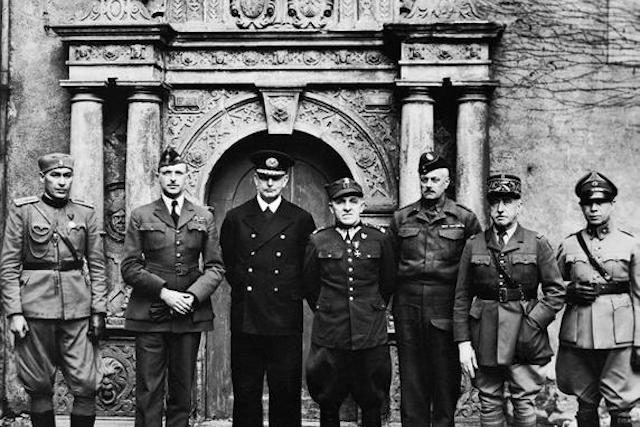
As has been noted, more than two thirds of Allied prisoners exhibited little or no interest in attempting to escape once in German custody, preferring to sit out the remainder of the war having done, in their minds, their duty. Those actively contributing to escape efforts were soon known to the Germans, having attempted multiple times to make it back to England either directly or through a neutral country. The Germans decided to put such escape artists in the same camps, where they could not persuade their more docile comrades to join them, and where they could be watched more closely by their guards. Colditz Castle, in Germany near the Swiss border, was one such camp.
Until 1944 the majority of prisoners of war held by the Germans were airmen, and housing and guarding them was the responsibility of the Luftwaffe. Army prisoners were held by the Heer, the relatively few naval prisoners divided among the two. The Luftwaffe guards were remarkably lenient with their prisoners, usually extending personal and professional courtesy to fellow fliers. Since known escape artists were held in one place, it made it easier for MI9 to route the appropriate local maps and currency to the camps, through the means of board games and other camouflaged items. Maps to camps in northern Germany would include routes to Sweden, or Spain through northern France, for example, while those camps to the south would receive maps to Switzerland or across the Pyrenees to Spain.
5. MI9 sent tools to the prisoners as well, disguised as recreational items
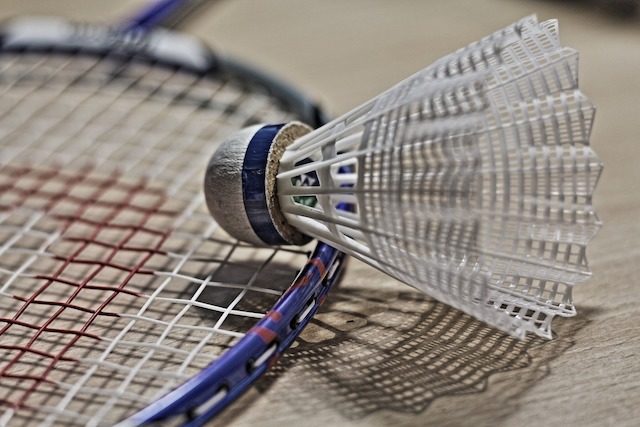
The Germans offered their prisoners the use of tools for gardening, recognizing that allowing the prisoners to grow additional food such as potatoes and beets would ease their own supply shortages. The tools were offered to the prisoners, and accepted, under the parole system, through which the prisoners agreed that they would not be used for the purpose of facilitating an escape. Both sides continued to honor the parole system throughout the war. But the parole system did not prevent the prisoners from making their own escape tools from materials available in the camp, and MI9 helped by sending additional tools to the prisoners for their use.
Some of the most popular were wire saws: bits of strengthened wire serrated to cut like a saw, but which could easily be coiled up and concealed. Wire saws of different gauges were manufactured and sent to the prison camps, via the guards, concealed in the rope mesh which made up the nets for volleyball and badminton sets, where they were extracted by the prisoners and cached in the camps. Wire saws were used to cut empty milk cans into shapes to be used as shovel heads, trim wooden battens and bed boards to size to shore up tunnels, and for every other purpose for which a hand saw served.
4. Cigarette packs contained several escape support materials
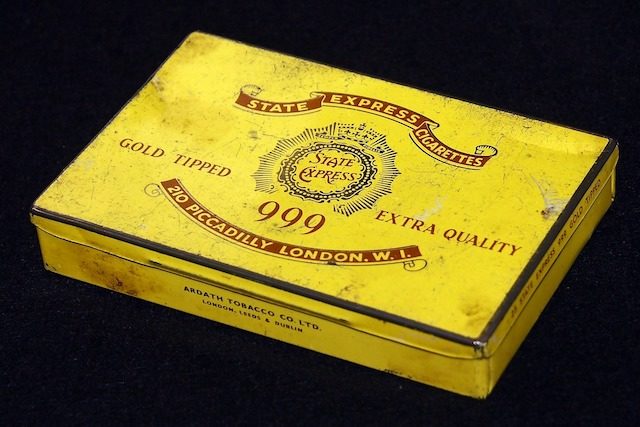
Much to the annoyance of their German guards, to whom cigarettes were a rare treat, prisoners received them from the fake charities established by MI9 and the OSS as well as from the ample Red Cross supplies, as well as pipe tobacco and occasionally cigars. The guards didn’t inspect the cigarette packages too closely, because they knew that the prisoners would use their relative glut of cigarettes to barter with them. Cigarette packs became mini-escape kits of their own, containing maps in the packaging, compasses hidden within the packs, and often paper tubes packed with malted milk to be consumed as an escape food, with just a smidgen of tobacco tamped in on either end, hiding their true contents.
Magnetized needles often found their way to the prisoners in the same manner, which could be used to determine the direction north simply by floating them in a little water. As with all escape equipment sent to the prisoners, a means was necessary of letting the prisoners know of the special contents of the packages without drawing undue attention on the part of the Germans. The information had to be conveyed to the prisoners before they became prisoners, meaning that all airmen, and later all ground troops, had to be made aware of the escape programs. It was a potential security nightmare, but an unavoidable one if the system was to be able to work.
3. Educating the troops became a critical part of the escape aids program
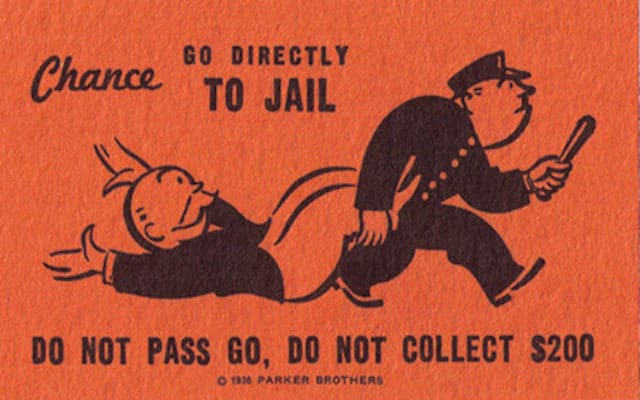
Not all of the troops could be given the information needed to identify packages which contained escape gear. They were all briefed on the gear which they carried themselves into combat, but the gear hidden in Monopoly sets, chess boards, cribbage boards, and cigarette packs was information too sensitive to share with all. Identifying who should know and who could not was a major dilemma facing MI9, the OSS, and local military commands. It was finally done on a case basis, as various men were evaluated based on their military records, their leadership skills, and other factors deemed important to the military. Once those men were unfortunate enough to be in German custody it was up to them to decide who to share the information with, and how much information to share.
An example of the type of information which MI9 wanted to protect but which incarcerated airmen needed to know was how to identify a Monopoly set which contained escape maps or money. If the prisoners simply tore up every set sent to them even the most obtuse German would soon realize that something untoward was afoot. Sets were marked with a small red dot, usually located on the Parking Space. Those sets would be carefully opened, the materials extracted, and then closed up to entertain the boys who wished to play Monopoly. For the same reason, all care packages were distributed to senior Allied personnel, who insisted on retaining the right to distribute them to the troops as a means of maintaining military decorum and discipline.
2. Many civilians were aware of the program and actively supported its mission
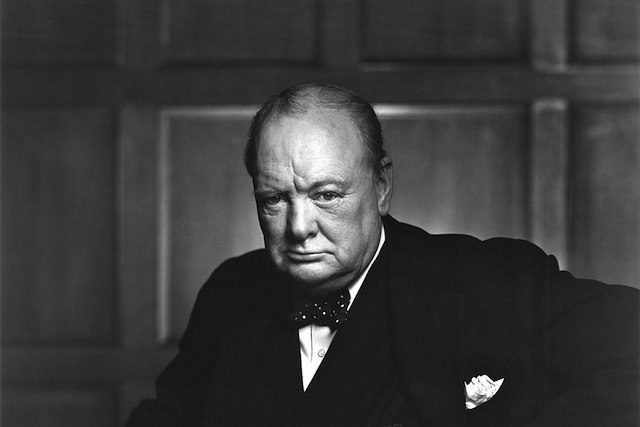
Winston Churchill was aware of the MI9 program, and was in fact active in its creation, having been, at one time, an escaping prisoner of war himself. He referred to the enterprise, with Churchillian glee, as the “ministry of ungentlemanly warfare.” Among the civilian entities which supported the program was John Waddington LLC, who held the license for the manufacture of Monopoly and other board games in the United Kingdom. MI9 established the Licensed Victuallers Prisoners Relief Fund, assigning it fake offices, which it manned with personnel, phone numbers, post boxes and the accouterments of a business, to distribute the packages to prisoners.
As part of preflight briefings for aircrews, or mission reviews for ground troops, soldiers and airmen were told what to look for if captured and held in German prison camps. By 1944 Waddington was producing and delivering six different versions of Monopoly alone to the prison camps on the continent, distinguished from each other by minor changes to the appearance of the game board, which were usually so small as to appear completely innocuous. The addition of a dot following the identifier Piccadilly Circus would scarcely be noticed by anyone other than one looking specifically for it, and knowing what it signified.
1. The program, despite so many being involved, was never detected
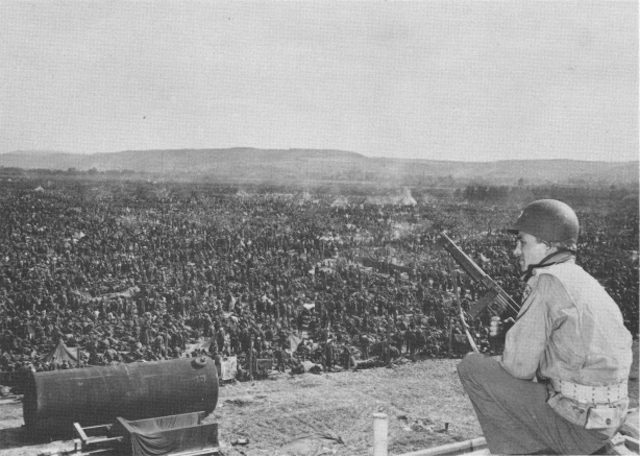
After the United States joined the war and the OSS entered into the escape aids business alongside the British MI9, the European theater was flooded with equipment calculated to assist escape attempts. Codes were developed so that prisoners could communicate with the Allied commands, thus prisoners who escaped and were recaptured (which represented the majority of escapes throughout the war) could update the spymasters regarding security procedures, the location of checkpoints, needed documents, and resistance safe houses. Among the British intelligence officers involved with the project was one Ian Fleming, who later created James Bond.
The CIA, the organization which descended from the wartime OSS, estimated that of the approximately 35,000 Allied troops who escaped the Germans and made it safely back to their commands over the course of the war, about half carried a silk map they had either obtained through the fake care packages or carried on their person when entering the combat zone. The system was so successful that it remained classified for decades after the war, though some of the details leaked as wartime security relaxed. The CIA continued to use it for many years, sending operatives supporting the Tibetan resistance in China in the 1960s on their missions with silk maps secreted on their persons.